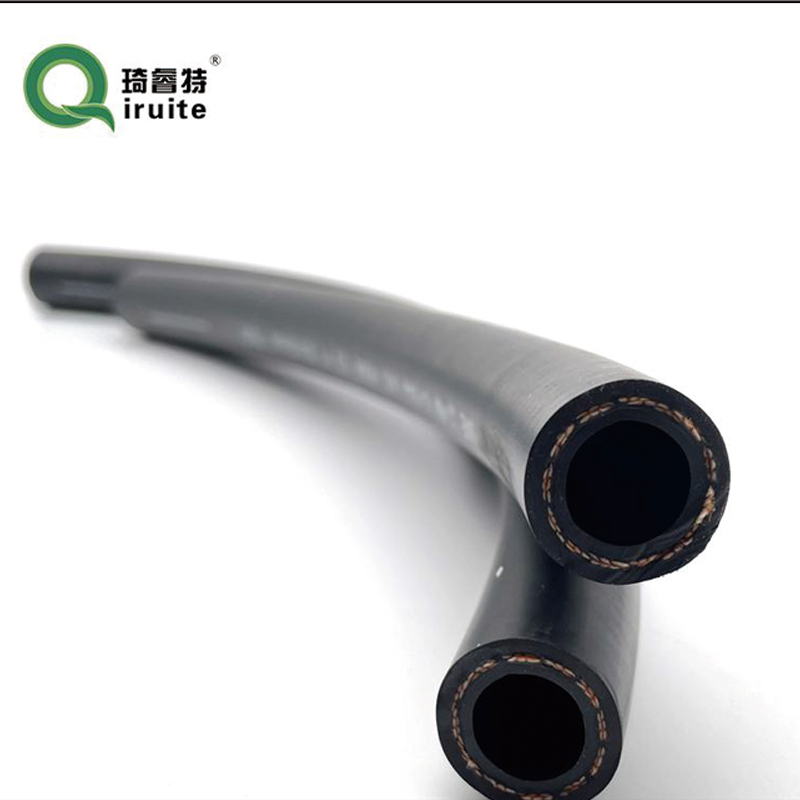concrete pipe coupling
Understanding Concrete Pipe Couplings A Comprehensive Overview
Concrete pipe couplings are essential components in modern infrastructure projects, serving as connectors that join multiple sections of concrete pipes together. These couplings play a crucial role in ensuring the integrity, durability, and effectiveness of various systems, including drainage, sewage, and water supply networks. In this article, we will explore the importance of concrete pipe couplings, their types, applications, and best practices for installation.
Importance of Concrete Pipe Couplings
Concrete pipes are widely used in construction and civil engineering due to their strength, durability, and resistance to various environmental conditions. However, as with any structural component, the effectiveness of these pipes is heavily reliant on how well they are connected. Concrete pipe couplings are designed to provide a secure and watertight seal between pipes, preventing leakage and ensuring optimal flow. This is particularly vital in sewage and stormwater management systems, where even minor leaks can lead to significant environmental issues.
Moreover, concrete pipe couplings can help accommodate any misalignment between pipes. During installation, it is not uncommon for pipes to be slightly out of alignment due to ground settling, construction tolerances, or other factors. Couplings allow for this flexibility, ensuring that the system remains functional despite minor discrepancies.
Types of Concrete Pipe Couplings
There are several types of concrete pipe couplings, each serving different purposes and specifications. Understanding these types can help engineers and contractors select the most appropriate solution for their projects.
1. Mechanical Couplings These devices are designed for ease of installation and maintenance. They consist of two halves that are bolted together around the pipes to form a secure connection. Mechanical couplings are often used in applications where ease of access and future maintenance are priorities.
2. Flexible Couplings Flexible couplings allow for some movement and misalignment between the pipes they connect. They are especially beneficial in areas prone to ground movement or where pipes need to absorb vibration.
3. Rigid Couplings These couplings create a fixed connection between pipes and are typically used when there is no need for flexibility. They often provide the most secure connection but can be less forgiving in terms of ground movement.
4. Expansion Couplings Designed to accommodate thermal expansion or contraction, these couplings maintain the integrity of the pipeline as temperatures change. They are particularly useful in areas with significant temperature fluctuations.
5. End Caps and Adapters These fittings are used to seal the ends of pipes or connect different diameters of pipes and fittings.
Applications of Concrete Pipe Couplings
concrete pipe coupling

Concrete pipe couplings are widely used across various sectors. Their primary applications include
- Stormwater Management They are essential in drainage systems, ensuring that stormwater flows efficiently without loss of integrity due to leaks.
- Sewage Systems The watertight seal provided by couplings is critical to prevent contamination of groundwater and protect public health.
- Water Supply Networks In potable water systems, couplings help maintain the quality of water by preventing any leaks that could lead to contamination.
- Industrial Applications Concrete pipe couplings are vital in factories and plants where liquids and other materials must be transported safely and efficiently.
Best Practices for Installation
To ensure optimal performance of concrete pipe couplings, following best practices during installation is essential
- Proper Alignment Before installing couplings, ensure that the pipes are properly aligned. Misalignment can lead to stress on the coupling and potential failure.
- Secure Fastening Follow manufacturer guidelines for securing mechanical couplings. Adequate tightening ensures a watertight seal.
- Use of Sealants In some applications, using additional sealants can enhance the watertight integrity of the joint.
- Regular Maintenance Periodic inspections can help identify potential issues before they become significant problems. Tracking performance and integrity can prolong the lifespan of the couplings.
Conclusion
Concrete pipe couplings are fundamental to the effectiveness of pipe systems across various applications. Understanding their types, purposes, and installation practices is vital for engineers and contractors aiming to deliver high-quality infrastructure projects. As urban environments continue to grow and face challenges related to water management, the role of reliable concrete pipe couplings will become even more critical in ensuring sustainable and efficient systems.
-
Ultimate Spiral Protection for Hoses & CablesNewsJun.26,2025
-
The Ultimate Quick-Connect Solutions for Every NeedNewsJun.26,2025
-
SAE J1401 Brake Hose: Reliable Choice for Safe BrakingNewsJun.26,2025
-
Reliable J2064 A/C Hoses for Real-World Cooling NeedsNewsJun.26,2025
-
Heavy-Duty Sewer Jetting Hoses Built to LastNewsJun.26,2025
-
Fix Power Steering Tube Leaks Fast – Durable & Affordable SolutionNewsJun.26,2025

